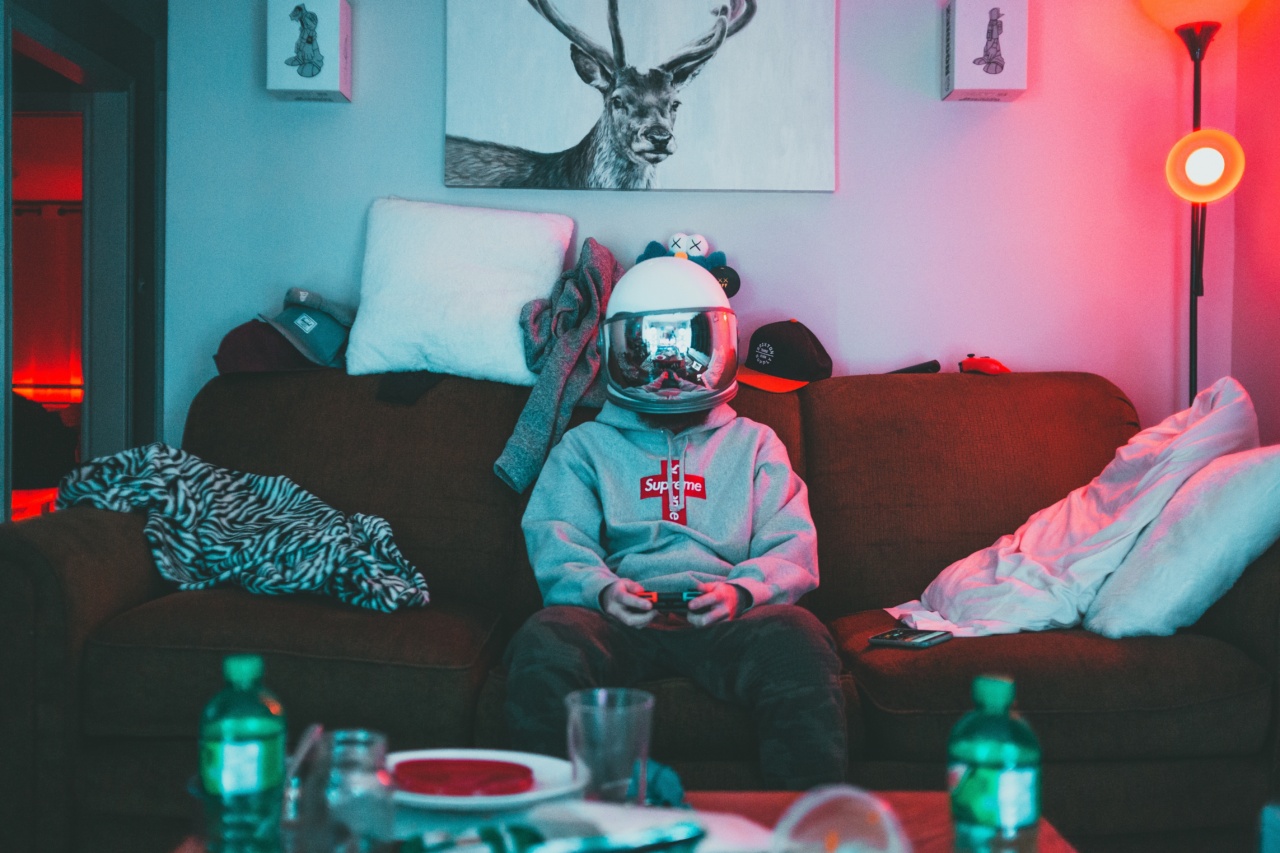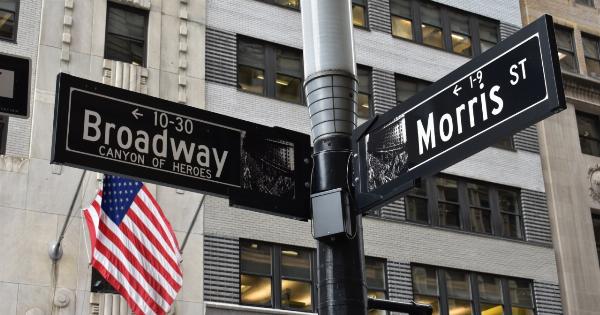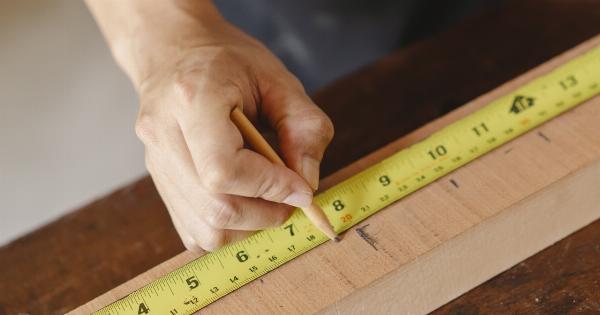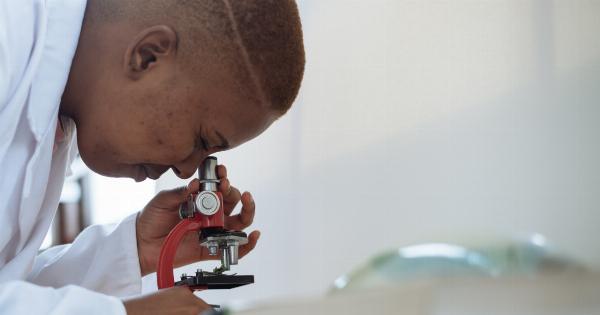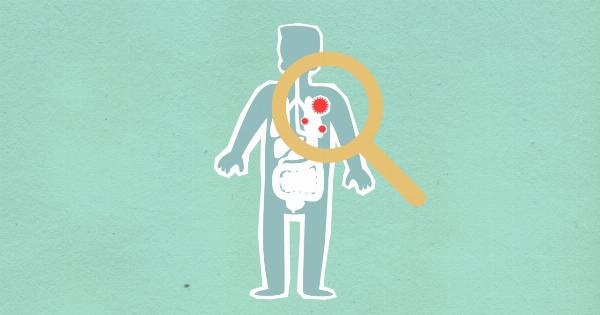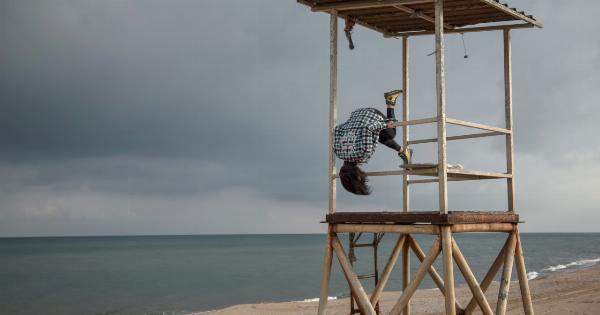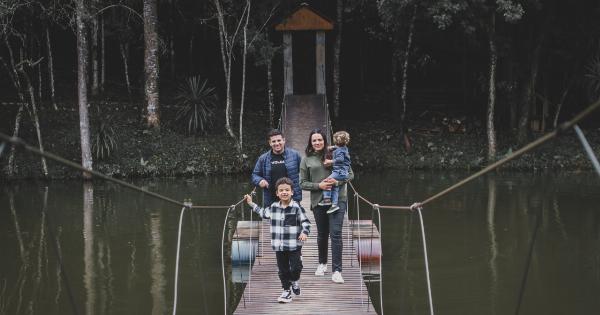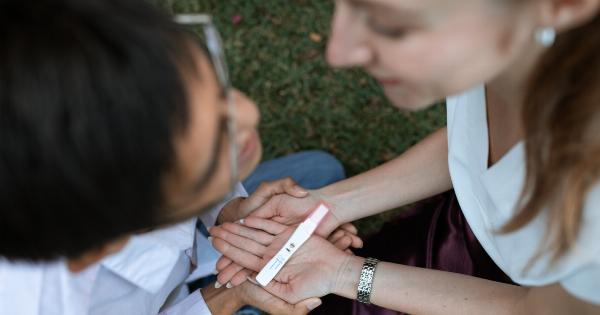In various fields, from healthcare to engineering, detecting and diagnosing problems or factors at play is a crucial aspect of problem-solving and decision-making.
Visual clues, often subtle or overlooked, can provide valuable insights and help professionals identify the underlying causes or influences affecting a situation. By honing our observation skills and understanding the significance of visual indicators, we can make more informed assessments and take appropriate actions.
In this article, we will explore the importance of detecting and diagnosing factors through visual clues across different domains.
The Role of Visual Clues in Healthcare
Visual clues play a vital role in the field of healthcare, aiding doctors and allied healthcare professionals in accurate diagnosis and treatment planning. When evaluating patients, physicians assess a wide range of visual factors.
For example, by observing a patient’s skin color, they can detect signs of potential health issues such as jaundice or cyanosis. Body language and facial expressions provide crucial insights into mental health conditions such as depression or anxiety.
Furthermore, medical imaging techniques like X-rays and MRIs offer a visual representation of internal structures, enabling clinicians to identify abnormalities or injuries.
Detecting Visual Clues in Engineering
In the realm of engineering and infrastructure, visual clues serve as early warnings of potential failures or risks.
Structural engineers, for instance, continually monitor buildings, bridges, and dams for any visual signs indicating stress, deterioration, or shifting. Cracks, corrosion, and deformations are all visual indicators that prompt engineers to take preventive measures before catastrophic consequences occur.
By paying close attention to these clues, engineers ensure the safety and integrity of various structures.
Environmental and Ecological Factors
Visual clues also play a significant role in understanding and addressing environmental and ecological factors.
Environmental scientists leverage visual cues to monitor the health of ecosystems and detect the impacts of pollution, climate change, or habitat destruction. Discoloration or discolorations in flora, alterations in wildlife behavior, or irregularities in water bodies can all serve as indicators of underlying environmental issues.
By identifying these visual clues, scientists can take appropriate actions to mitigate negative impacts and conserve ecosystems.
Forensic Investigations and Criminal Justice
In forensic investigations and the criminal justice system, visual clues often form the foundation of evidence and conviction. Crime scene investigators meticulously examine various visual cues to reconstruct events and determine responsibility.
Fingerprints, bloodstains, footprints, and other trace evidence leave behind essential visual clues, offering investigators valuable insights into the circumstances surrounding a crime. These visual indicators, coupled with other scientific techniques, help ensure accuracy and fairness within the criminal justice system.
Understanding Human Behavior
Visual clues aid in understanding human behavior and intentions, leading to improved communication and decision-making.
In psychology and behavioral sciences, nonverbal cues such as facial expressions, body language, and eye movements provide insights into a person’s emotional state and intentions. Detecting visual clues in interpersonal interactions is crucial for effective communication, conflict resolution, and building positive relationships.
By considering and interpreting visual cues accurately, professionals can navigate social dynamics successfully.
Recognizing Patterns and Trends
Visual clues are also valuable in pattern recognition and trend analysis. In fields such as data analysis and market research, professionals leverage visual indicators to identify trends, patterns, and correlations.
Graphs, charts, and visual representations of data provide a comprehensive overview, enabling businesses and researchers to make informed decisions and predictions. By recognizing visual clues in the form of data patterns, professionals can identify opportunities, mitigate risks, and optimize strategies.
Interdisciplinary Approach and Collaboration
The effective detection and diagnosis of factors through visual clues often require an interdisciplinary approach and collaboration.
By bringing together professionals from different fields, each with their unique expertise and perspective, a more comprehensive assessment can be made. For example, a medical team diagnosing a patient may require insights from radiologists, pathologists, and clinical specialists, all interpreting visual clues within their domains.
Collaboration enhances accuracy and ensures a broader consideration of factors at play.
The Limitations and Subjectivity of Visual Clues
While visual clues are valuable, their interpretation is not without limitations and subjectivity. Different individuals may perceive and interpret visual cues differently, influenced by personal biases, cultural backgrounds, and prior experiences.
Furthermore, some underlying factors may not manifest visually or may be concealed intentionally. In such cases, relying solely on visual clues may lead to incomplete or inaccurate conclusions.
Therefore, professionals must approach the interpretation of visual clues with caution, considering them alongside other objective measurements and qualitative assessments.
Conclusion
Detection and diagnosis through visual clues are essential across various domains, informing critical decisions and actions.
From healthcare and engineering to environmental conservation and criminal justice, visual indicators offer valuable insights into underlying factors at play. By recognizing, analyzing, and interpreting these visual clues, professionals can make informed assessments, develop effective solutions, and drive positive outcomes.
